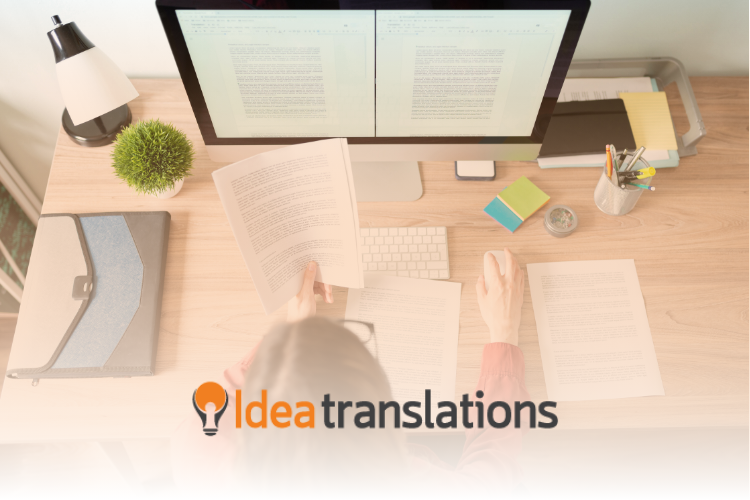
What Is Free Translation and When Is It the Best Choice?
What Is Free Translation and When Is It the Best Choice?
The term “free translation” generally refers to a type of translation that deviates from the original source while still maintaining its essence. You might have heard of the terms “transcreation” or “creative translation.” Both involve combining translation and creativity to adapt a text to a different language. In this article, we will take a closer look at what free translation means, when it is appropriate, and what it involves.
Free translation allows the translator to take certain liberties with the original text to create a version that feels more natural and effective in the target language. This differs from literal translation, as it is about conveying the meaning of a message in a way that is easy to understand rather than focusing strictly on word-for-word accuracy. This type of translation is often used when the original text needs to be adapted for a specific audience or culture, making it an essential component of any successful global communication strategy.
Free translation is also useful in various contexts where the goal is to communicate the essence of a message rather than the technical details or exact wording of the original text. As a result, it is often used when translating literature, poetry, or in other creativity-driven fields such as education, advertising, and marketing.
One example of a novel that has been translated using a free translation approach is Love in the Time of Cholera by Gabriel García Márquez. In the English translation, translator Gregory Rabassa employed free translation to capture the spirit and essence of the original text, rather than strictly following the original structures. A free translation approach allows for more creativity in the translation process, which can help preserve the tone and style of the original work.
This can involve adding or removing words, changing sentence structures, or even slightly altering the meaning of certain phrases. It also requires an understanding of the culture and context in which the text was written, as well as the culture and context in which it will be read. This demands a deep understanding of both languages, along with an awareness of cultural differences. A free translator or transcreator must balance the original intent of the text with the needs and expectations of the target audience.
Free translation enables the adaptation of idiomatic expressions and colloquialisms, preserves the rhythm and musicality of the original text, and conveys the essence and spirit of the work. However, it can also spark debates about fidelity to the original.
One of the biggest challenges in free translation is the potential for misinterpretation. Since free translation relies on interpretation and adaptation, there is always a risk of misunderstanding the original text, especially if the original is complex or filled with local and cultural references.
To make the most of free translation, consider these guidelines to help you achieve your communication goals while minimizing potential pitfalls:
• It is crucial to select a qualified and experienced translator with a solid track record in similar tasks and a deep understanding of the source and target languages and cultures.
• Provide clear and detailed instructions and context for the translator, including the purpose, audience, tone, and style of the text.
• Have the translated text reviewed and proofread by a native linguist to ensure that it reads smoothly and accurately in the target language.
• While free translation can be a valuable tool in certain situations, it should only be used when the original meaning of the text is not lost in the translation process.
In conclusion, free translation is a powerful tool that can help you overcome language and cultural barriers, allowing you to convey your message effectively to diverse audiences. By embracing the flexibility and creativity of free translation, you can enhance your communication horizons and broaden your reach across the globe.



